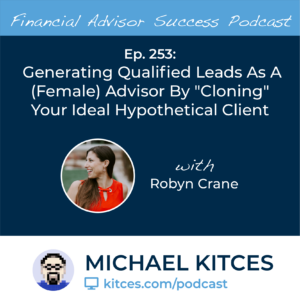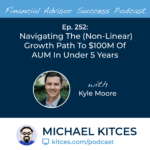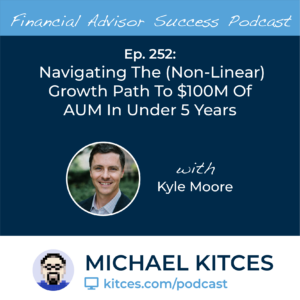When preparing a financial plan, advisors often tend to break down the key issues of a client’s situation into smaller parts in order to ‘zoom in’ and separately analyze each problem. While this analytical approach aligns very well with the education and technical training many advisors have, a ‘synthesis-based’ approach, where the aim is to generate insight from ‘zooming out’ and to garner a more comprehensive understanding of the client’s finances and lifestyle concerns, can be a valuable complementary perspective in the financial planning process. For example, synthesizing a big-picture view of a client’s long-term goals and financial concerns can help an advisor create a long-range tax plan that is likely to be more effective in reducing tax burdens than a “rearview mirror” attempt to plan taxes based on what has already happened within the tax year.
Operating at the analytical level can work well when considering questions that have little behavioral or lifestyle implications (e.g., choosing which tax lot to sell when raising cash); however, synthesis can be particularly useful when thinking about significant choices that do impact the client’s lifestyle or behavior. Furthermore, while synthetic thinking may have a bad reputation as being sloppy or uninterested with the details, sometimes a detailed (and labor-intensive) analysis is simply not necessary to make good decisions. Other times, a synthetically derived reason might be compelling enough to override a decision based on analysis. For example, an advisor operating on an analytical level might eschew a ‘no-consumer-debt’ constraint if expected investment returns would be greater than the interest on the debt. However, this approach could backfire for a client who may not be able to manage credit responsibly and who may be prone to developing reckless spending patterns. A more synthetic approach would consider such big-picture behavioral factors when developing client recommendations.
When it comes to famous financial ‘gurus’, advisors often disagree with their synthetically focused popular recommendations. This is because advisors tend to optimize at a more technical and granular level, while gurus tend to optimize at a more generalized behavioral level. For example, financial personality Dave Ramsey advocates the ‘Debt Snowball’ method, where a borrower pays off the smallest debts first rather than those with the highest interest rates. This approach might not seem optimal to an advisor, but at a behavioral level the momentum (and sense of achievement) built from paying off debts could encourage the client to pay off the remaining debts faster than if they were to use what may seem to some advisors as the more ‘sensible’ approach of tackling high-interest-rate debt first.
Ultimately, the key point is that advisors can use both analysis and synthesis as complementary approaches to help create better financial plans for clients, and that neither approach should be neglected. Advisors can be mindful of their potential biases as they look for solutions through a ‘zoomed-in’ analytic lens and consider when a more ‘zoomed-out’ synthetic approach may be more appropriate. Because understanding the ‘zoomed out’ perspective of a client’s situation and identifying the details that warrant a ‘zoomed in’ analysis can only lead to better recommendations for clients who stand to benefit from both approaches!




 Welcome back to the 253rd episode of the Financial Advisor Success Podcast!
Welcome back to the 253rd episode of the Financial Advisor Success Podcast!


 Welcome back to the 252nd episode of the Financial Advisor Success Podcast!
Welcome back to the 252nd episode of the Financial Advisor Success Podcast!
